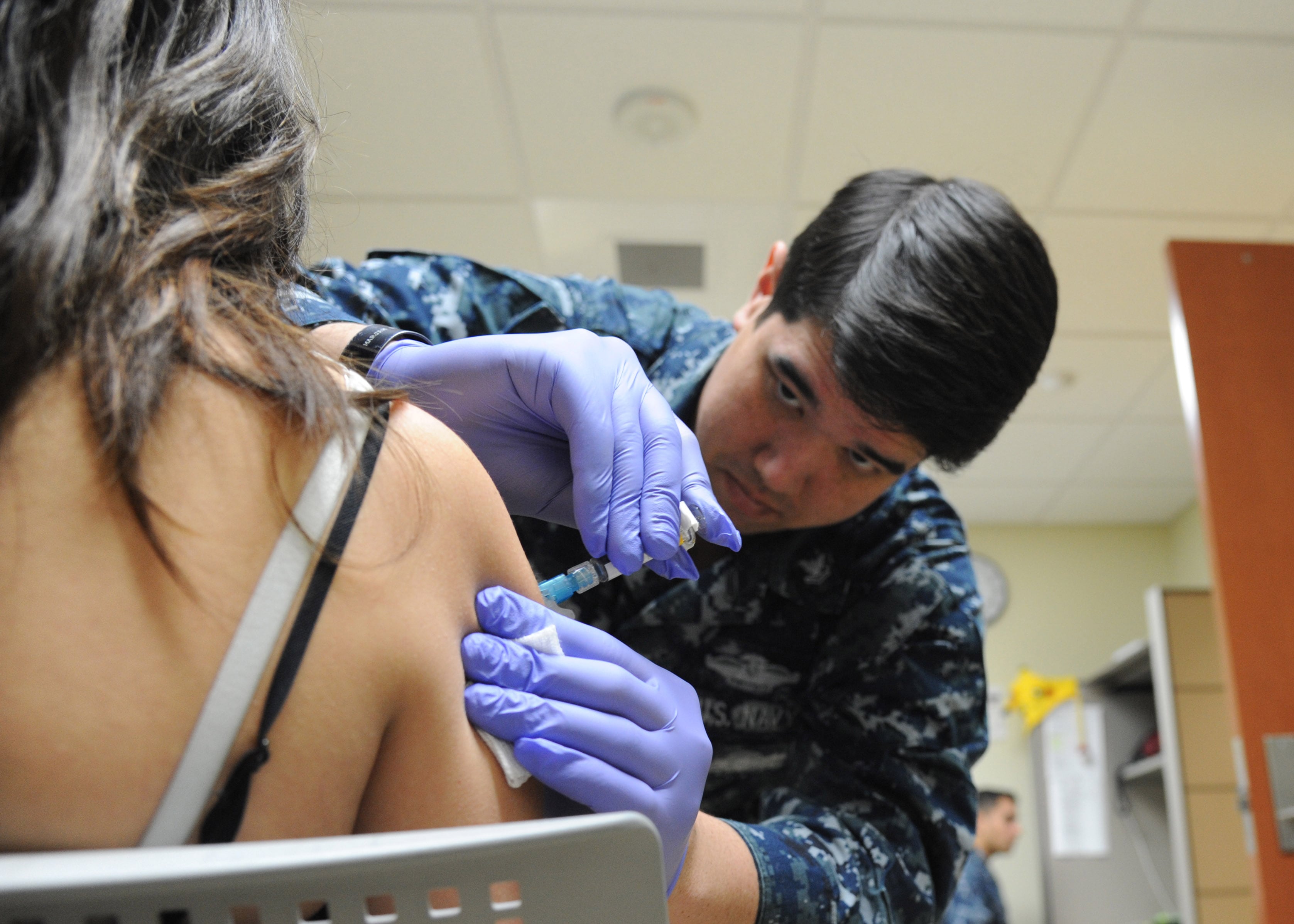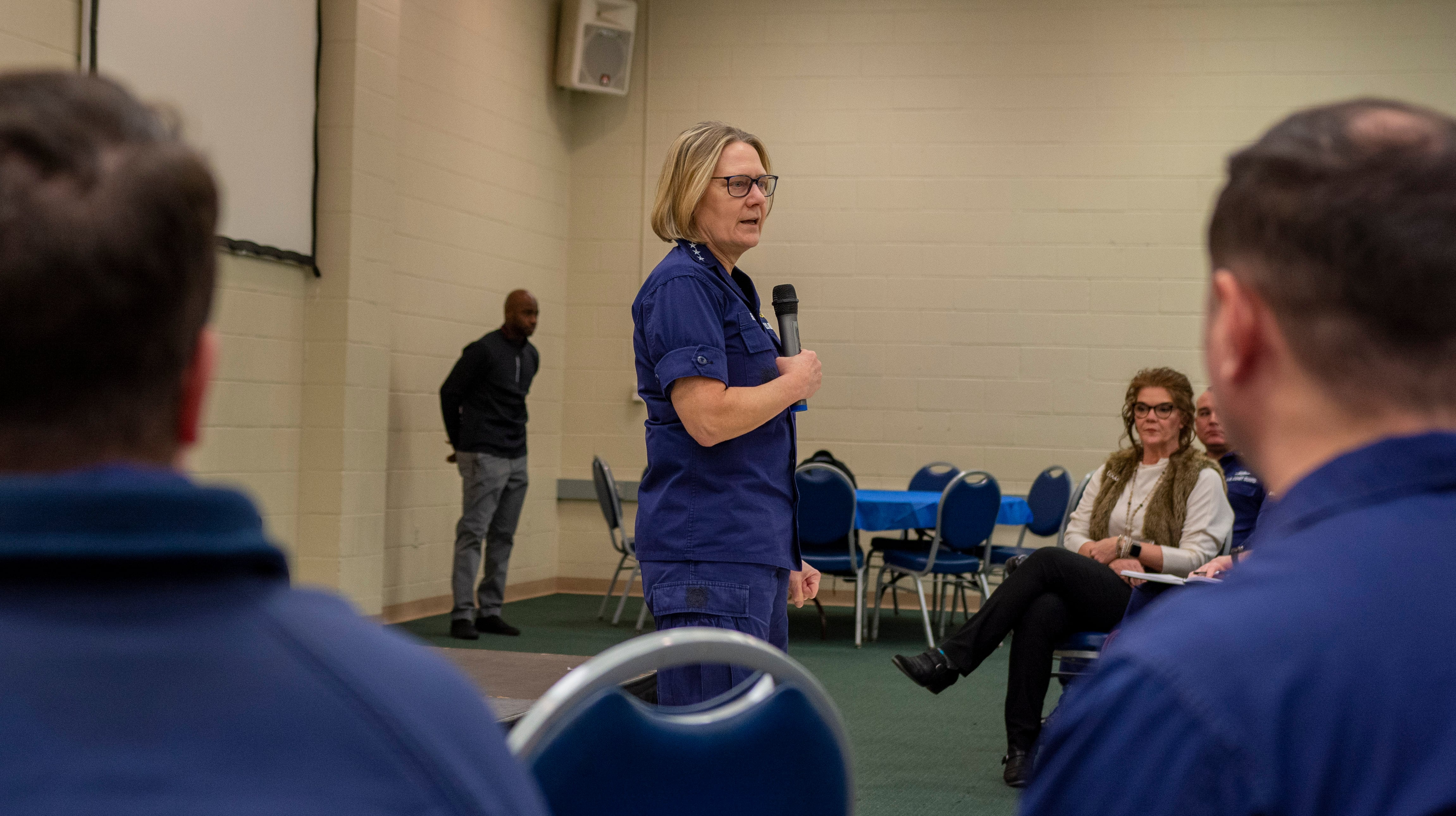Speaking to Air Force Times just a few hours after North Korea allegedly conducted their fifth nuclear test, Gen. Terrence O’Shaughnessy, commander of Pacific Air Forces, said it’s still too soon to determine what the U.S. response might be to the latest provocation.
"It’s a little too early to tell with specificity what the reaction will be, but I will say clearly our president has reaffirmed our commitment to South Korea and the region," O’Shaughnessy said.
He pointed to the last nuclear test North Korea carried out in January, and the U.S. response that saw B-52s, F-16s, and F-22s travel to Osan Air Base and train with South Korean forces.
"They demonstrate not only the iron clad commitment the United States has to our allies and partners, but it clearly demonstrates how we can operate together as an alliance," the general said.
And in August, Andersen Air Force Base in Guam hosted B-1s, B-2s, and B-52s, the first time all three bombers have been together in the Pacific.
"This is a real strong assurance for our allies and partners and certainly deters any potential adversaries," the general said.
During that time, the general said that events in the region have started to unfold more rapidly.
"Perhaps the biggest change I’ve seen in this theater over the decade or so that I’ve been out here, is that the force needs to be ready at a moment’s notice," O’Shaughnessy said. "Over the next year our focus is going to be to make sure ... that we have a forward-deployed ready force. ... It’s not really a question of if the force is called, it’s really a question about when is that force going to be called upon to act."
That doesn’t always mean it might be a tactical situation or a provocation from North Korea, though.
"Eighty percent of the world’s natural disasters happen in this region," O’Shaughnessy noted.
PACAF has responded to natural disasters in Nepal. the Philippines and Japan, among other countries, and has helped U.S. allies in the region in other ways, including Air Force deployments to train with other nations’ air forces.
"The rebalance is real," O’Shaughnessy said. "The U.S. is committed to this region, and we as PACAF forces are committed to our allies, partners, and friends within the region."
South China Sea dispute
Some of those partners are becoming increasingly concerned about China’s actions in the South China Sea. China has claimed vast swaths of territory as its own, and has built a series of artificial islands and military outposts throughout the region.
An international court at The Hague, Netherlands, ruled that China has no legal claim to the sea, but Chinese officials have indicated they will not recognize the decision.
O’Shaughnessy said the U.S. will continue to be a presence in the area and remains committed to finding a peaceful solution.
"We want all claimants to exercise restraint," he said. "We want to take advantage of the opportunity provided by the tribunal’s decision as an opportunity to work together to resolve these disputes. Those should be done in a diplomatic fashion, not a military fashion."
With increasing tensions in the region – and tightening budgets across the service - O’Shaughnessy said one of his top priorities is ensuring airmen don’t get burnt out.
"The pace of operations has increased significantly over the years," he said. "I think we’ll be able to maintain a high ops tempo no doubt, but an ops tempo that is sustainable."
One of the most important parts of that is prioritizing.
"I have a team here at the headquarters really analyzing what is the value for everything that we do to make sure we are doing what is most valuable to our combatant commander and most valuable to our nation," O’Shaughnessy said.






